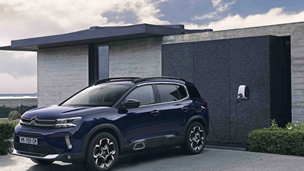There’s now more choice than ever, from traditional petrol and diesel, to hybrids ranging from mild, self-charging, and plug-in hybrid (PHEV), to all-electric. As well as some other niche options, such as LPG and hydrogen fuel cell.
In this guide we’ll run through the main reasons to choose, or not choose, each type, in order to help you decide what’s right for you.
With new choices now on the market, it may seem confusing. However, making the decision largely depends on how many miles you drive, what type of driving you do (local commutes or long drives) and your budget. So once these are considered, the choice is much easier.
Traditional combustion engines
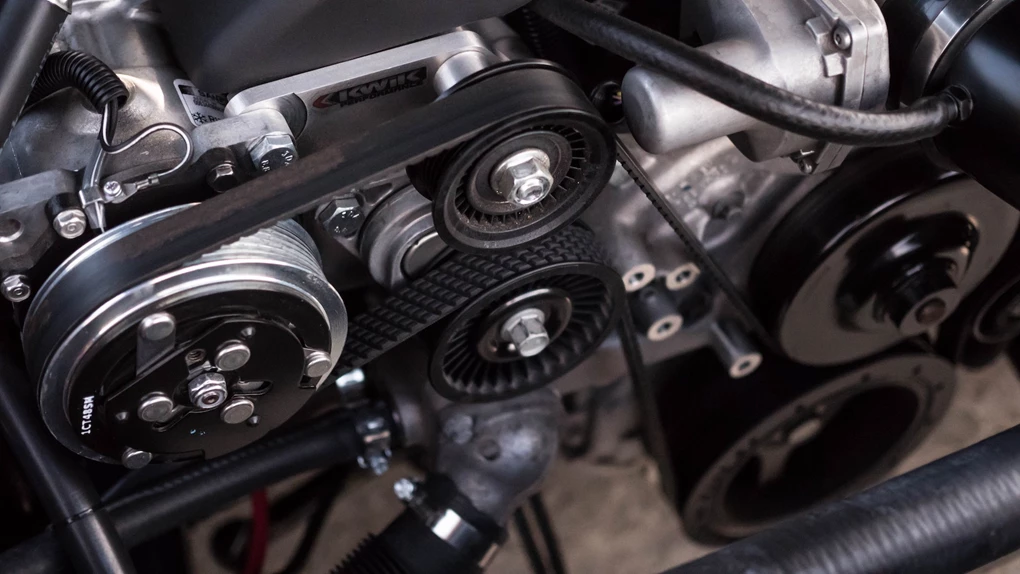
Traditional combustion engines – petrol and diesel – are much cheaper to buy than newer options such as PHEV and all-electric. They have a lower upfront cost, but their running costs are higher, due to the cost of their fuel, which is much more expensive than electric charging. However, fuel efficiency has improved greatly for both petrol and diesel, and if you drive short distances, the cost of refuelling could be minimal.
Petrol
If you want the affordability of a combustion engine, then petrol is the best choice if you do short commutes and town or city driving. This fuel type is ideal for those that travel less than 100 miles during the week, with a few occasional journeys up to 150 miles.
It’s also worth mentioning that most petrol stations offer unleaded fuel, which is combined with bioethanol, which makes the petrol more environmentally friendly. If you choose to use it then premium unleaded is more than sufficient for the majority of cars, while super unleaded is best for performance cars.
Fuel efficiency has been refined over many years for petrol, and servicing and maintenance is straight forward, so if you want the lowest upfront cost, and simplicity in how you refuel, and you don’t mind the standard tax and fuel costs that come with it, then petrol might be the right choice for you. You’ll only miss out on the tax and fuel cost savings that come with other more expensive options, and if you don’t drive a lot then those alternative savings might be minimal and indeed negligible.
Diesel
If you spend a large portion of your time driving on motorways and you regularly do long distances, then diesel is the better fuel choice.
Diesel works best for drivers who maintain speeds of over 50mph for periods of 30 to 50 minutes at a time, and who regularly do journeys of over 100 miles.
Historically, diesel has boasted better fuel economy figures, and these remain true for long distance drivers. However, in general, diesel is a less eco-friendly option, due to what it emits beyond CO2, such as carbon soot, nitrogen oxides and particulates, which are said to make it 15-18% more harmful than petrol. However, many manufactures have created filters and technology to reduce or in some cases potentially remove this disparity.
In regards to fuel efficiency and environmental impact, each car can be different, so it’s worth looking at the details of the model you are interested in, but in terms of fuel choice, if you spend your days on the motorway then diesel offers the best efficiency and running costs, but if your driving habits are more like trips to the shops and the odd long journey, then petrol is the better traditional fuel choice.
Hybrids
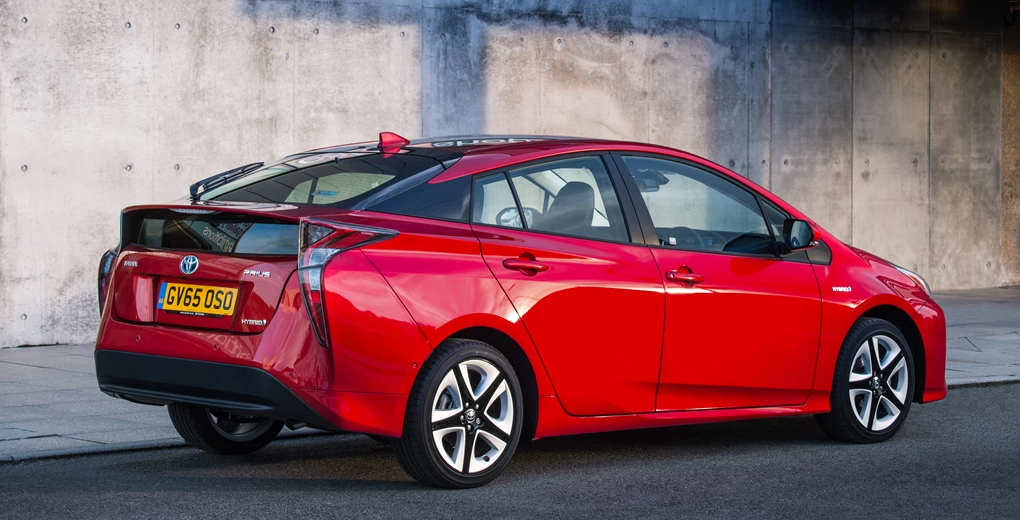
A hybrid car uses two types of power; a traditional petrol or diesel engine, with an additional electric motor. In mild and self-charging hybrids, the electric motor is smaller, and charged by the motion and braking of the car, and does not need to be charged by a cable to a mains power supply. While plug-in hybrids (PHEVs) have a far larger battery, which requires mains charging at regular intervals.
The main advantages of hybrid are that they should consume less fuel and emit less CO2 than their conventional counterparts, and thus be cheaper to run, and more environmentally friendly. And because of their lower emissions they have cheaper road tax (VED) and lower company car tax rates than petrol or diesel.
However, hybrids come at an extra cost, so deciding if one is right for you depends on the miles you do, to see if the cost saving benefits of running it outweigh the higher entry price, and if you have the ability to conveniently charge your car regularly, if you choose a PHEV.
Mild hybrid
A mild hybrid is essentially a conventional petrol or diesel car, with a small battery and additional technology that helps to reduce fuel consumption and emissions, but that does not use its electric motor to move the car.
The hybrid system is used for coasting, braking, and to assist with pulling away, providing small efficiency improvements beyond a standard petrol or diesel engine.
Mild hybrids typically have a small battery and a 48-volt electric generator, which assists the engine during hard acceleration. It will also harvest energy from braking, and store this in the battery for later use.
If you want the convenience and familiarity of petrol or diesel, but can afford the small extra cost for a mild hybrid alternative, then these become an attractive choice, to add an element of extra efficiency and fuel saving to an otherwise standard car.
Self-charging hybrid (or full hybrid)
A self-charging hybrid (also called a full hybrid, or standard hybrid) primarily uses its petrol (or diesel) engine, with the electric motor taking over when it's possible and more efficient to do so, such as at very low speeds.
As such the range of a self-charging hybrid is generally limited to only a mile or two, but at the times that it does switch to electric – at low speeds and idling – there can be significant fuel saving and efficiencies created.
This is ideal for those with a varied usage pattern. It doesn’t need to be charged via a plug, which means no time waiting for a car to charge (which can take considerable time) and with this it also means that any charging barriers are removed (for example, if you can’t easily charge from home etc.). While at the same time they consume less fuel, and emit less CO2.
Therefore, for those that don’t want to charge a car, or don’t want the extra upfront cost that goes with it, but want to have the cheapest running costs, and do their bit for environment, then a self-charging hybrid is the way to go. They’re great for start/stop city driving, and can be used for longer journeys when the combustion engine kicks in. A classic example is the Toyota Prius, which became especially popular with Uber drivers, due to the fuel cost saving over time, but without the need to stop and charge for half an hour, or overnight.
The reason not to choose a self-charging hybrid however, is if you want to drive electric but you do longer journeys (of up to 100 miles and beyond). For that, you’ll want to look at PHEV (or a long-range all-electric).
Plug-in Hybrid (PHEV)

A plug-in hybrid has a petrol or diesel engine with a small battery pack and electric motor. They are able to drive short distances (usually up to 35 miles) on pure electric power, until the battery is depleted, at which point it changes to the conventional engine.
PHEVs are great for drivers who mostly do short journeys, but need a car that can also cover high mileages from time to time. They can be a great first step into the world of electrified cars, and have the potential to save you a lot of money in fuel, but only if you’re able to charge them easily.
The clear advantage of running a PHEV is that it will have lower CO2 emissions and better fuel economy than a conventional combustion engine car, or self-charging hybrid. And the benefits are best if you are able to do shorter journeys using all or mostly electric power, which is possible if you are able to charge up the car’s battery regulalry.
On average it costs 12p per mile to drive a petrol-engine, which drops to just 5p per mile for trips done using electric power (if you charge up at home at a rate of 14p per kilowatt hour). Therefore, if you’re a regular driver, the cost savings add up when driving electric.
You’ll also benefit from a lower or zero rate of road tax (VED) and if you live in the city you could also avoid paying London’s Congestion Charge (if your car emits less than 75g/km of CO2) and London’s Ultra Low Emission Zone. (The former costs £15 a day and the latter £12.50 a day, and other cities around the UK are considering introducing charges).
Another advantage of a PHEV is that it removes ‘range anxiety’ associated with all-electric vehicles. If you run out of battery charge, you’ll always have a combustion engine to rely on
A downside of driving a PHEV is that it has poorer fuel economy than a conventionally-powered alternative when driven using the engine rather than the electric motor. This is because you’ll be driving the additional weight of an electric battery pack at the time.
Furthermore, PHEVs tend to cost more to buy than petrol or diesel. So lower running costs have to be weighed up against the extra upfront cost.
The reason not to buy, is if most of your journeys are longer than a PHEV’s pure electric range, or if you’re not able to charge the batteries frequently, then you would end up doing the majority of your driving using the engine, which would defeat the purpose and create higher running costs than a conventional engine, mild or self-charging hybrid, or an all-electric alternative.
If most of your journeys are long motorway drives, then a pure electric car with a long range could be suitable as long as you’re able to replenish its batteries after each long drive. But if you’re not able to charge cheaply and easily, then a diesel-engine model (or diesel hybrid) is likely to be the most cost-effective option for longer distances.
The reason to buy is if regular charging isn’t an issue, then fuel savings can really add up (you’ll spend 50% less on fuel if you keep topped up and only do short journeys), while the upfront cost of PHEVs has also come down, and there are other benefits such as no or low tax, and the reassurance that you have a back-up combustion engine for longer journeys.
All-electric
All-electric is much more expensive to buy (as the battery comes at a very high cost), but charging costs are breathtakingly low, which can offset the upfront cost.
Lower range all-electric cars – that mainly suit local driving – are now much more affordable, as well as offering superb value in running costs. While longer range all-electric cars can be out of budget for many, but for those who can afford them (and who can charge them at home easily) they offer remarkably low running costs, with the ability to go the distance with confidence, and offer impressive performance too.
If you're a city dweller and do most of your driving in urban areas, then an all-electric vehicle (or PHEV) could be a great option. The main deal-breaker (beyond purchase price) is having the convenient ability to charge your car (as the only source of power) and therefore the need for access to off-road parking where a charging point can be installed, in order to get the most efficient charging. So if you don’t have a garage or space by where you live that allows you to easily charge the car, then it just won’t be practical, and a hybrid would be a better choice.
Electric vehicles are best suited to people that travel about 30 to 100 miles per day. If you have a longer journey planned then an all-electric can still handle these. A good number of all-electrics now have ranges of well over 300 miles (that’s Brighton to Blackpool, or London to Llandudno, in one charge, with plenty of juice to spare). Also, the overwhelming majority of motorway services now have electric charging points, and public charge points can be found in towns and supermarket car parks and villages throughout the UK. These are easy to find too, you can simply search “EV charging stations” on Google Maps, or use a dedicated resource like zap-map.com. However, these can range from being free to being one of the more expensive ways to charge, and may cost £6-7 for 30 minutes of charge, which gives about 100 miles of range. So, if you are doing seriously long distances and need to top up en route, then you will have to wait for it to charge (so it might be worth doing this when you’re going to stop for a meal or do some shopping).
Small all-electric
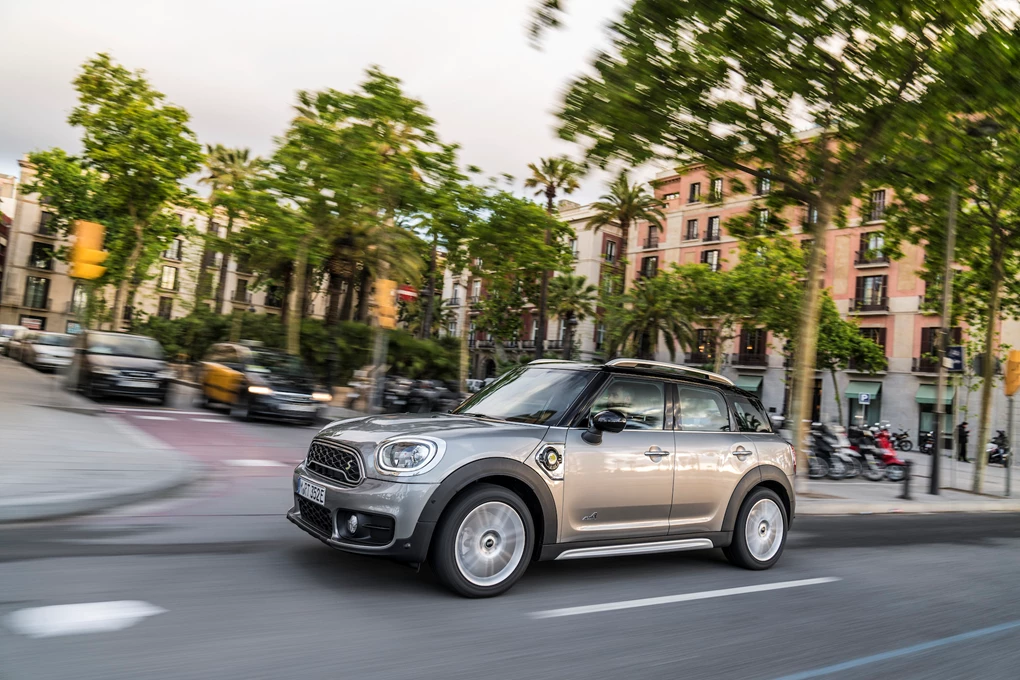
It’s useful for us at this point to split all-electric into city runabouts, and larger long-range options such as SUVs, to compare general credentials and price. Smaller choices like Fiat’s New 500 Electric has an accessible starting price of around £20k (including the government’s £2,500 plug-in vehicle grant) and offers 115 miles of range, while better spec options run into mid-£20k mark and beyond, and offer 199 miles of range. They are fun to drive (thanks to the zippy nature of electric) and perfect for city and local driving. While the cost to charge it for 100 miles has been calculated as £3.89 (which is cheaper than a Boots Meal Deal), while a 1.2-litre petrol equivalent would cost about £11.22 per 100 miles to fuel.
Over time the savings can add up, but you need to look at how many miles you do per month and per year to see if the extra outlay price of EV is worth it for the fuel savings long-term. And it’s worth noting that a full home charge can take 11 hours 40 mins, and that regular charging is best done overnight when electricity is cheapest, so you’ll have to fit a home charge point and get used to new habits around charging. However, you don’t need to charge every night (unless you have a daily long-distance commute) and doing so can shorten the lifespan of the battery. Also, charging to 100% every time isn’t necessary or advisable, as it can add stress to the battery, so maintaining between 30% to 80% capacity is best practice, and doing so takes considerably less time, which makes it more like charging your smart phone or tablet.
If you drive regularly, an all-electric car is likely to save you hundreds, or maybe even thousands of pounds a year compared to a conventional petrol or diesel. Depreciation and servicing charges need to be considered in all options, but the fuel-cost saving benefits are clear.
Large all-electric

Larger all-electric cars, such as an electric SUVs, are becoming more and more popular as more long-range family-friendly options become available (especially from premium manufactures) and as charging options and infrastructure increase and expand.
The biggest barrier against them is of course price, with the more premium and flashy options generally costing somewhere between £50k-£100k, which can be a little eye-watering for many. However, options from Kia, Hyundai, MG, Skoda, VW, Ford, Mazda and others, have starting prices that range from £25-£45k, which is much more accessible.
These larger cars have longer ranges (200 miles+) and can therefore can do longer trips, and in theory they don’t need to be charged up as often as their smaller counterparts. Also it’s worth a mention that all-electric cars also have great acceleration (thanks to no lag from battery power – it’s kind of like a Scalextric) and the larger saloons and SUVs (with the largest batteries) offer the best acceleration, of about 0-60mph in 5 seconds. Therefore, the large ones are fun to drive too, but it can take a little time to get used to the acceleration response (as well as driving without a clutch, if you’re used to one).
Electric SUVs have a full home charge time of up to 20 hours and beyond, due to their larger battery. But again, like their smaller counterparts, much smaller charging time is needed when you top up. For most electric cars you can add 100 miles of range in 35 minutes or less (with a 50kW rapid charger), so while full charge time figures might look startling, in reality top-ups and home charging don’t take that long, and can be easily set for overnight, or topped up when you’re out on the road.
These types of models have become very popular, and many of them have their current allocations sold-out, with a long customer waiting list for the next ones to arrive. So if an all-electric car feels right for you due to the cost saving, eco credentials, or just the fast take-off, then don’t be surprised if you have to wait to get the one you want.
Range Extender (REX)
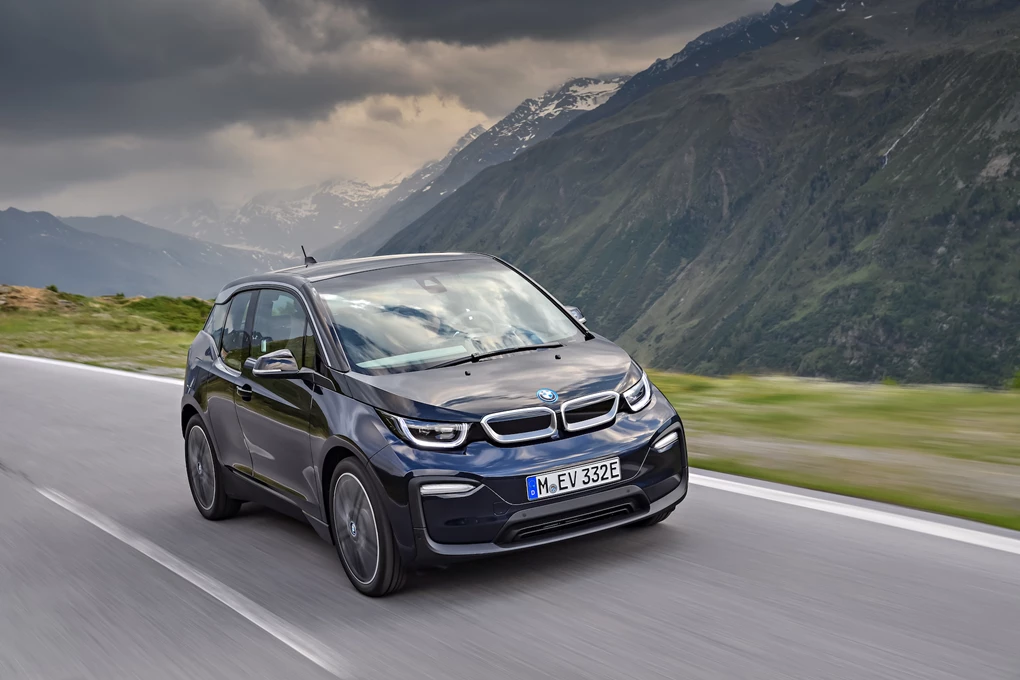
A range extender is an uncommon addition to some electric vehicles. It’s a fuel-based auxiliary power unit that extends the range of an electric vehicle by driving an electric generator that charges the vehicle's battery (and as such it’s not a separate internal combustion engine like a PHEV). Or in other words a range extender is an option on some all-electrics, to add a little petrol tank, as back-up support should you want it.
A classic example of this is the BMW i3, which offers the option of a petrol-powered range extender. When they were first released in 2014, their use was much higher than expected, as early drivers perhaps didn’t charge their car enough (which also commonly happened with PHEVs) but in recent years figures show that the range extender is hardly used at all, as those who drive electric have learned to charge their vehicles correctly.
Range Extenders aren’t very common, due to the proliferation of PHEV options, and the fact all-electrics now have much longer ranges, which largely eliminates the need for them. However, their benefit, and the reason people choose them, is to remove range anxiety, while maintaining the benefits of a purely electric vehicle. And therefore, their use is more than legitimate.
Alternative Fuel Vehicles
LPG
Liquefied petroleum gas (LPG) was promoted as an alternative fuel in the 90s and 00s when the government gave a small grant for people to convert their engines to this cleaner form of petrol. However, with the dawn of electric LPG has become less popular in the UK, and is only available in around 1,200 fuel stations in the UK (compared to 8000 that sell petrol).
LPG options now are mainly bi-fuel, which are cars that can run on two different types of fuel - most commonly petrol and LPG – using two different tanks. LPG is around half the price of petrol, and emits less CO2 (11% less). LPG is popular in Europe and Dacia offer bi-fuel powertrains in their main models, and say it can save motorists an annual average of £594 in fuel costs.
However, despite the benefits, in general we wouldn’t recommend LPG. There seems to be a limited future for this choice as the move to electric continues, and residual value would unlikely to be in your favour too, due to the limited amount of places where you can refuel.
Hydrogen Fuel Cell
Hydrogen is the cleanest kind of fuel there is, but it hasn’t taken off in the world of motoring. Some manufacturers have experimented, but mass uptake is a long way off. And with only a handful of hydrogen fuel stations in the UK, we’d generally advise you to avoid it.
However, to do it justice, hydrogen could have a real future if the world aims for truly sustainable mobility. Electric vehicle batteries are very energy-intensive to create; a battery with a range of 250 miles will emit about 20 tonnes of CO2 to create. And if hydrogen is produced from renewables, then it would be the greenest fuel overall, because it negates the environmental costs of battery production.
Germany plan to build 400 hydrogen stations by 2023. However, there are currently fewer than 20 operational refueling stations in the UK, compared with around 36,000 (and rising) electric vehicle charging points. So for now, we wouldn’t advise it.
Conclusion
While there’s lots of choice, deciding what works for you depends on how many miles you do (weekly, monthly, annually), your budget, and your circumstances. If you want a car with a cheaper outlay price, and you can’t easily (or don’t want to) charge at home, then an efficient petrol or diesel is absolutely fine, or a mild or self-charging hybrid is better, in terms of fuel efficiency, just that the extra tech involved makes starting prices higher.
Meanwhile the shift to electric is here. And from 2030 the UK government will not allow the sale of any new standard petrol or diesel cars, and therefore PHEV and all-electric look set to be the future of driving. And if you find a model that suits you, at an upfront or monthly cost that suits your finances, and you can charge from home, then the vast cost savings on fuel can make electric very appealing indeed.
It’s also worth mentioning for those interested in electric, but suffering from a classic case of range anxiety, that on England’s motorways and A-roads you’re never more than 25 miles away from a rapid chargepoint, and this infrastructure is only set to increase as the government wants drivers to switch to electric over the next decade.
Electric cars are now much more accessible in price and practicality, and represent the future of driving for all of us, but it’s up to you whether it is, and which type, is right for you now. Or for your next one instead.
Get a quote or book a test drive
You can get a quote or book a test drive through us. Simply click the link to choose the make and model that you’re interested in, or we can help you to decide.
Get a quote or book a test drive
